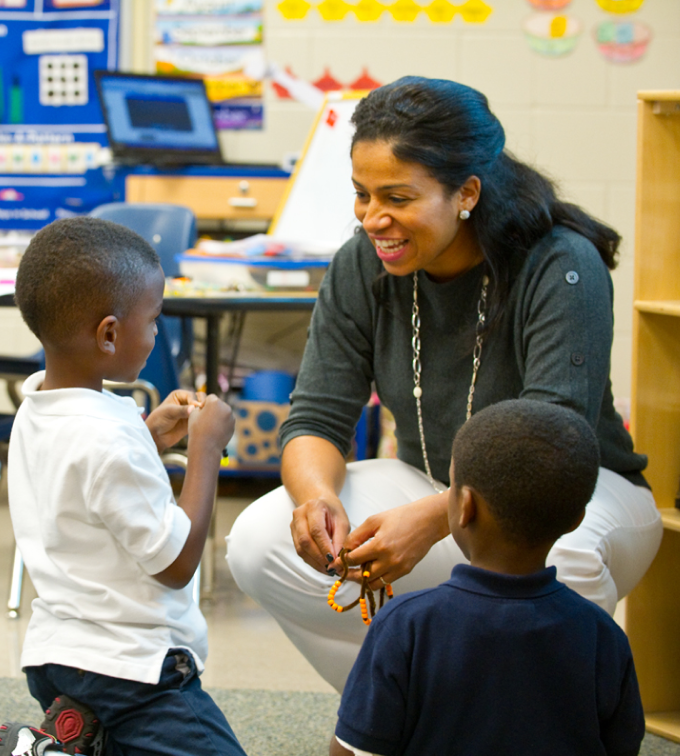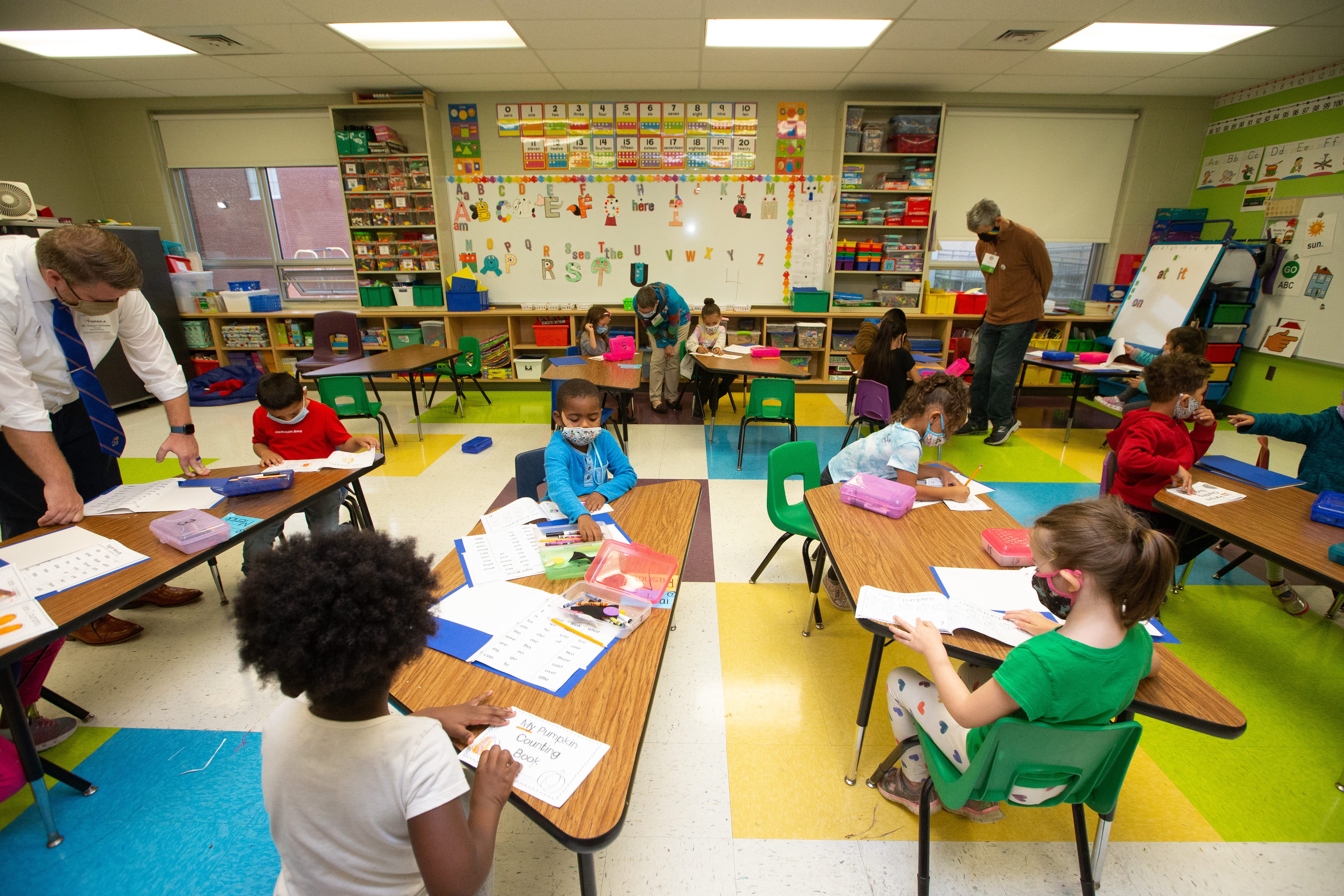Achieve Academic Success with Primary Science Tuition Singapore
Achieve Academic Success with Primary Science Tuition Singapore
Blog Article
Discovering the Different Teaching Methods in Key Science Education And Learning Today
Inquiry-based learning, hands-on experiments, and the integration of technology are redefining how educators involve young minds. In addition, collective strategies and distinguished guideline are being used to provide to the diverse needs of trainees, improving both interaction and understanding.
Inquiry-Based Discovering
Inquiry-Based Knowing (IBL) is a pedagogical method that encourages pupils to explore clinical concepts via wondering about, investigation, and hands-on trial and error. This method stresses the function of students as active participants in their discovering, advertising important reasoning and analytical skills. By engaging with real-world concerns, pupils become interested and determined, which boosts their understanding of scientific principles.
In IBL, instructors serve as facilitators, directing trainees as they navigate their queries instead than delivering information straight. This student-centered approach enables differentiation, accommodating different learning speeds and styles. Pupils create abilities in formulating hypotheses, creating experiments, and evaluating information, which are critical for scientific proficiency.
Furthermore, IBL fosters partnership among pupils, motivating them to share searchings for and concepts. This cumulative questions advertises social abilities and a feeling of community within the class. The procedure of inquiry urges durability, as students find out to welcome failing as a stepping stone towards understanding.
Hands-On Experiments
Hands-on experiments are an essential part of effective science education, complementing the principles of inquiry-based knowing. These experiments allow pupils to involve straight with scientific concepts, cultivating a deeper understanding through experiential understanding. By adjusting products and observing results, young students can comprehend abstract theories in concrete ways.
Such activities promote crucial reasoning and problem-solving skills, as trainees assume end results, conduct experiments, and analyze results. This process encourages them to ask questions, fine-tune their understanding, and create a clinical attitude. Hands-on experiments can be tailored to varied learning styles, guaranteeing that all pupils have the chance to involve meaningfully with the material.
Moreover, hands-on experiments usually encourage cooperation among peers, advertising team effort and interaction skills. Functioning in teams allows pupils to share ideas, talk about findings, and find out from each other, which boosts their general instructional experience.
Including hands-on experiments into the key science curriculum not just enhances the finding out setting however additionally cultivates a lifelong rate of interest in science. By proactively taking part in their education and learning, pupils are a lot more likely to establish a passion for clinical questions that expands beyond the classroom.

Modern Technology Combination
Incorporating innovation into key science education and learning has actually come to be progressively crucial in cultivating student engagement and enhancing learning results. Making use of electronic tools, such as interactive simulations, online laboratories, and educational software application, supplies trainees with chances to check out scientific ideas in cutting-edge means. These sources promote a deeper understanding of complicated subjects by allowing learners to picture and manipulate variables that would certainly be impractical in a traditional classroom setup.
Additionally, technology integration urges personalized finding out experiences. Pupils can proceed at their very own rate, revisiting challenging ideas via multimedia resources, which deal with various discovering designs. This versatility not just supports individual development yet also cultivates a feeling of freedom in learners.
Additionally, innovation acts as a bridge to real-world scientific research, connecting students with current research and professional payments. Accessibility to clinical journals and on-line databases expands pupils' point of views on clinical questions and promotes vital believing abilities.
Collaborative Discovering
Joint learning plays a crucial function in key science education by promoting teamwork and communication skills among pupils. This method urges learners to collaborate, share understanding, and take part in problem-solving, which boosts their understanding of scientific ideas. By taking part in team activities, students learn to express their ideas, pay attention to diverse point of views, and bargain services, every one of which blog here are necessary abilities in both real-world and scholastic contexts.

Research study shows that collaborative discovering can lead to boosted motivation and engagement in scientific research topics, as students discover pleasure in common experiences (primary science tuition Singapore). Additionally, this approach prepares trainees for future joint undertakings, outfitting them with the skills needed for reliable team effort in higher education and learning and specialist environments. Inevitably, welcoming joint discovering in key science education can substantially enhance the discovering experience and promote a much deeper understanding of clinical query
Separated Guideline

Separated instruction can show up in numerous ways, such as varying the material, processes, or products of discovering. As redirected here an example, instructors may make use of tiered jobs that offer varying degrees of intricacy, allowing pupils to operate at their particular readiness levels. In addition, adaptable grouping techniques can assist in cooperation amongst students with different capacities, cultivating peer knowing.
Analysis plays an essential function in this approach, redirected here as it educates direction and helps instructors understand each student's one-of-a-kind demands. Developmental assessments, such as quizzes and observations, can guide educators in changing their methods to boost learning end results. primary science tuition Singapore. Inevitably, by applying separated direction in primary scientific research education, teachers can grow a much more fair and reliable understanding environment, encouraging all trainees to reach their complete capacity in comprehending clinical phenomena
Final Thought
In summary, the varied mentor strategies in primary scientific research education, consisting of inquiry-based knowing, hands-on experiments, modern technology combination, joint knowing, and differentiated direction, collectively add to a much more reliable understanding environment. These approaches advertise vital reasoning, analytical skills, and a deeper understanding of clinical concepts. By applying these methods, educators can develop supportive and interesting classrooms that resolve the different demands of trainees, ultimately cultivating a lifelong interest in scientific research and improving academic success.
Inquiry-Based Knowing (IBL) is a pedagogical approach that encourages pupils to explore scientific ideas via doubting, investigation, and hands-on testing.Collective understanding plays a crucial function in primary scientific research education by promoting team effort and communication abilities among students.Research study shows that collaborative knowing can lead to boosted inspiration and engagement in science topics, as pupils discover pleasure in common experiences.In promoting an inclusive discovering atmosphere, distinguished guideline arises as a vital technique to fit the diverse needs and abilities of trainees in key science education. Eventually, by applying differentiated direction in primary science education, educators can grow a much more equitable and effective learning environment, equipping all trainees to reach their complete capacity in recognizing clinical phenomena.
Report this page